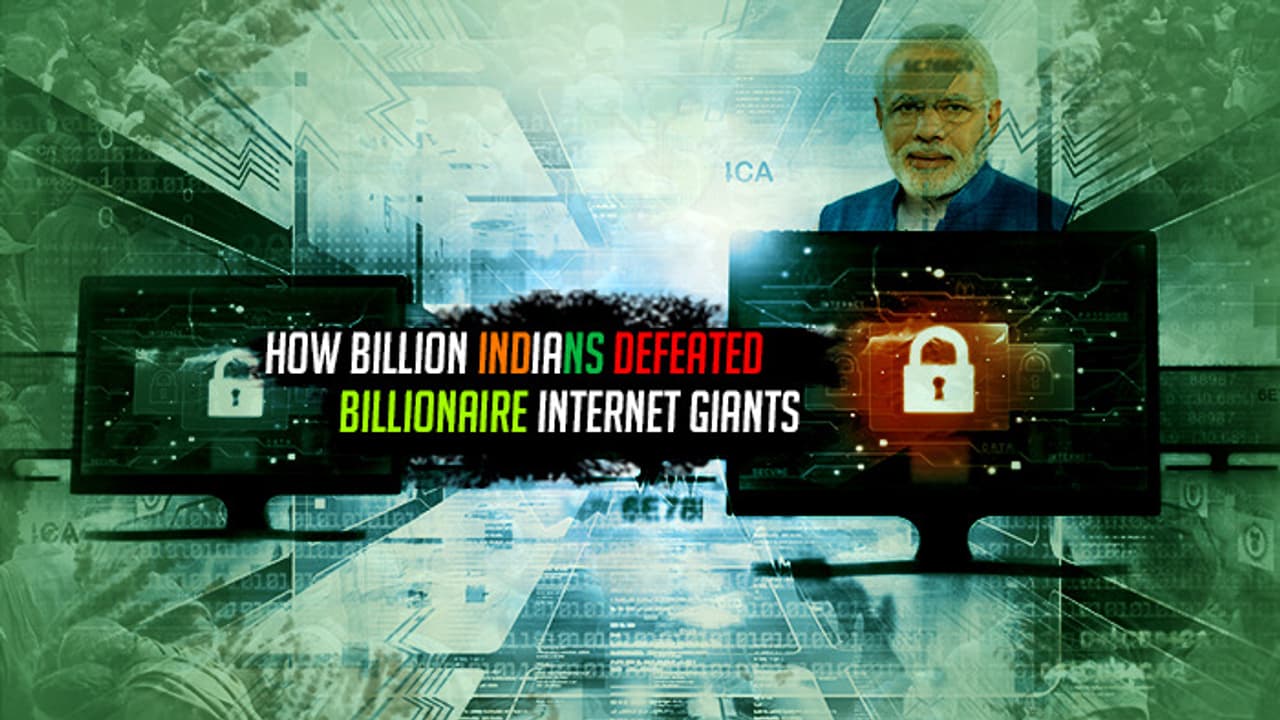Internet to remain free and fair; unrestricted access to all
The Narendra Modi government approved on 11 July the principle of net neutrality, choosing it over net freedom. While both the terms sound lofty, which of the two propositions would be better for the end users (people at large) can be understood only from the fine print. Here is My Nation deciphering it for you.
Net neutrality jargon
Net neutrality implies that Internet service providers (ISPs) must treat all data on the Internet equally, and not discriminate or charge differently by user, content, site, platform, or application. They cannot engage in practices such as blocking, slowing down or granting preferential speeds to any content.
What the above means
Some content provider (website) may pay (read “bribe”) a popular ISP to push its content to the latter’s clients at the expense of other content providers. This would be treated as a crime under the net-neutral regime, which the Union government has chosen.
But net freedom sounds good! Don’t we want freedom?
It’s a misleading term. Some players in the market coined this term under the pretext that internet access is expensive. They said they would, therefore, provide the service at a low price or even for free. There was a catch in this promise.
To make up for the revenue loss from customers, these ISPs would take money from websites. The higher a website pays, the more its name and content is pushed to the ISP’s clients (us, the people). This has both political and commercial implications, as questionable content providers can indulge in propaganda with their monetary heft.
Who took this decision in favour of neutrality?
The Telecom Commission (TC), the highest decision-making body in the Department of Telecom, accepted the recommendations of the Telecom Regulatory Authority of India (TRAI) on the subject eight months ago.
